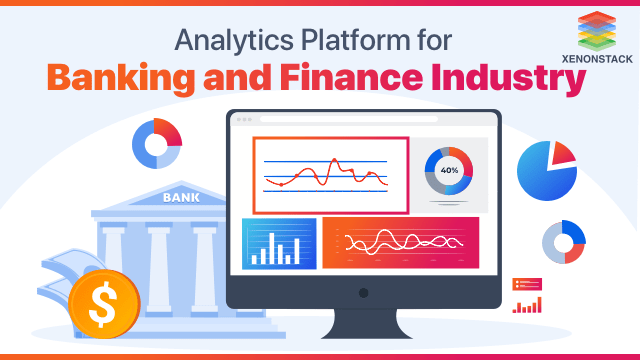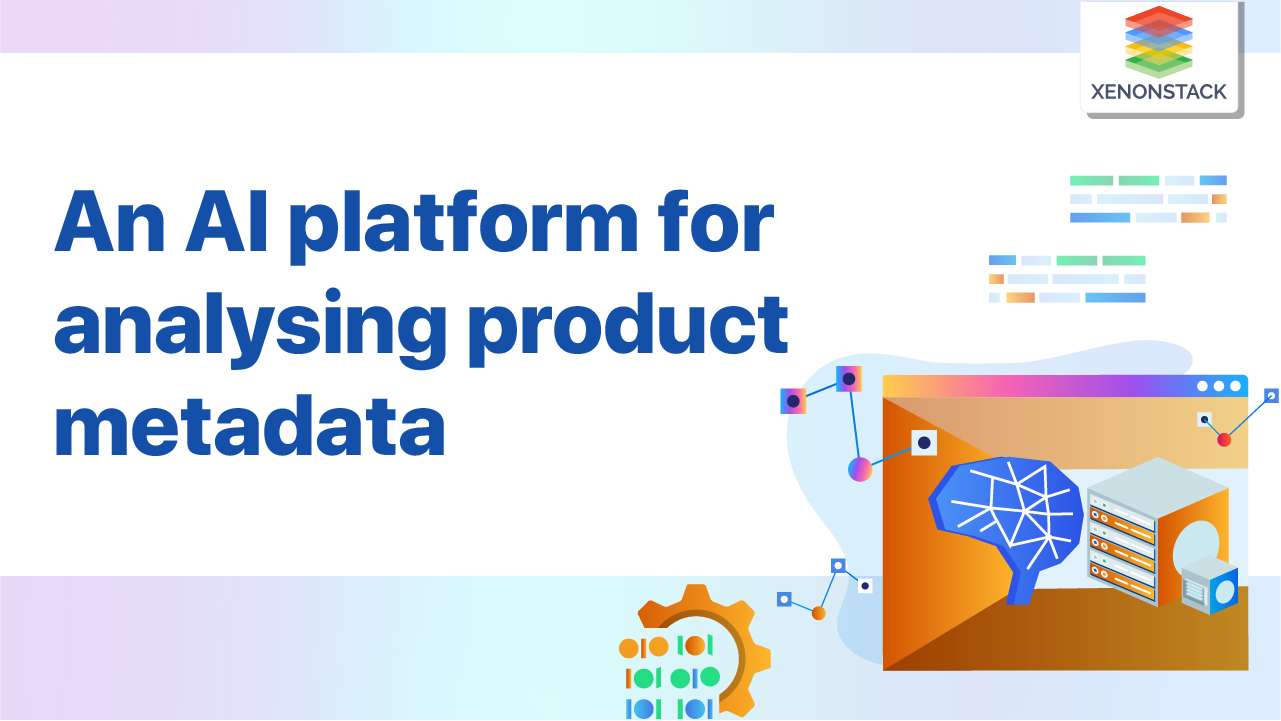Introduction to Fraud Prediction
Fraud prediction is crucial in the digital age because of the increase in online tools. Criminal activities have increased too. It is now easier to commit online crimes and not get caught. Credit card fraud, where the perpetrator steals someone's credit or debit card information to make transactions, is one of the most common digitally committed frauds. Since the world is gradually shifting monetary transactions and online information sharing, it has become necessary to develop safeguarding measures to ensure no damage to the user's personal information and resources. Fraud prediction is a safeguarding method to predict and stop the potential fraud before it occurs.
Fraud prediction has become more accessible with the rise in data storage capacity, computational power, and Artificial Intelligence tools. Each transaction generates data related to it. Such as amount debited or credited, time, location, item sold/bought, the transaction's platform, etc. With artificial intelligence, this data can be analyzed to find patterns in user activities and detect when something out of the norm occurs. AI models can process more data and respond faster than manual analysis. This can aid in fraud prevention as automated actions can be taken to restrict access or halt the transaction when anomalous behavior is detected.
Read more about Bringing Artificial Intelligence at the Edge
What are the methods of Fraud Prediction?
Data preparation and cleaning become crucial with the ever-increasing data related to user transactions and logs. Machine learning pipelines can be developed to handle unorganized data to organize and clean it.
Supervised Machine learning
Supervised Machine learning has been used to classify fraud or not-fraud cases after learning from past data. Unlike rule-based analysis, where we manually set rules to label the user or transaction as fraud or not fraud, supervised machine learning tries to learn the parameters or rules by iterating the past data.
When it comes to ML, fraud prediction models can be divided into two parts, namely:
Profile-based models: In the profile-based approach, the models try to classify users as fraudulent or not based on their transaction history. E.g., identifying spam or duplicate accounts.
Transaction-based models: Transaction-based approaches classify transactions rather than users as fraudulent or not fraudulent. Sometimes the user's identity is compromised, and their credentials are used to extract information or money from their account. Transaction-based models can detect fraudulent activities in a specific transaction to alert the authorities.
Unsupervised Machine Learning
Unsupervised ML can be applied to identify the user or general transaction patterns on a platform to detect anomalies in the behavior. User profiles can be created by analyzing features such as their spending habits, where they spend most, how much, etc. If the system detects unusual transactions, it can alert the user or lock their account or card.
Principal Component Analysis and Deep learning Auto-encoder are some methods that can be used to create models that create new features from original features to cluster the transactions as fraudulent or not fraudulent more effectively.
Click to explore about Responsible AI Principles
How AutoAI can be beneficial in Fraud Prediction?
Multiple AI tools can be applied to predict future fraud instances. Still, with new safeguarding technologies, criminals often adapt to the change and find new ways to commit fraud. There is a need to develop adaptive models and analyses to counter their changing tactics. But building a new model from scratch every time a model becomes obsolete is infeasible.
By automating the model building and testing process, we can generate new models based on the data and test them to see which ones perform better. This way, fraud prediction measures can stay up to date without much manual effort.
AutoAI
Automating the ML model building process can be achieved using AutoAI tools and architecture. AutoAI stands for automated AI, using artificial intelligence tools to build models with the best parameters that suit the data and problem goal. It automates the process of data preparation, feature engineering, model development, and hyperparameter tuning to build several model pipelines over the course of its learning and choose the best approach based on their testing metrics.
AutoAI platforms enable the users to upload their raw data on the server and initiate AI tools to clean and preprocess the data, create ML models, and tune their hyper-parameters and features. The process includes:
- Ingesting raw data on the AutoAI platform
- AutoAI performs automated preprocessing based on the type of data
- Feature engineering
- Building ML models
- Testing the model and evaluating test metrics
AutoAI goes through the above steps 2-5 multiple times to optimize and learn the best features, preprocessing method, model, and model hyper-parameters by judging the model performance using test scores and accuracies.
Using AutoAI for Fraud Prediction
AutoAI can be used for building model pipelines for fraud prediction and choosing the best models and data processing methods. It can create an ecosystem of adaptive models that produces models with new features and parameters based on recent data and fraud occurrences. Since criminals are very good at adapting new technologies and methods for committing frauds, AutoAI can deliver models by adapting to changing criminal activities. Thus keeping the system up-to-date.
AutoAI is easy to use even for users with little to no coding background since the system automates model building and testing procedures.
Limitations
AutoAI is still an emerging technology and comes with its fair share of limitations.
- Handling Unstructured Data: Creating automated processes to process unstructured or semi-structured data is very hard because they do not present us with a set of defined features and a range of values. Sometimes data needs new pre-processing methods, and AutoAI can only perform the methods stored in its toolbox.
- Optimization Objectives: AutoAI aims to build a model pipeline with the best metric scores, but often business goals have complex final objectives that require fine-tuning between decision making and cost of production. AutoAI cannot be calibrated for such objectives.
- Cost: Automating AI processes and using such services can be more expensive sometimes than designing the models manually.
- Model Explainability: Often, building models using AutoAI loses their explainability since it essentially works like a black box. Deriving relations between features becomes impossible.
Explore here about Edge Artificial Intelligence use cases
Conclusion
Early fraud prediction is a required safeguarding method to stop frauds from occurring before or while occurring. With the rise of Artificial Intelligence and Machine Learning, many fraud prediction models and approaches have been developed, but criminal activities and modes of fraud have also evolved. To counter the ever-changing methodologies to commit fraud, machine learning models must frequently adapt to new data. AutoAI provides a solution to automate the model-building process to avoid building new models from scratch. AutoAI uses artificial intelligence to learn from model performance to choose the best data processing methods, models, and hyper-parameters.
- Discover more about Transparent AI Challenges
- Click to read about Artificial Intelligence Governance Strategy



Thanks for submitting the form.